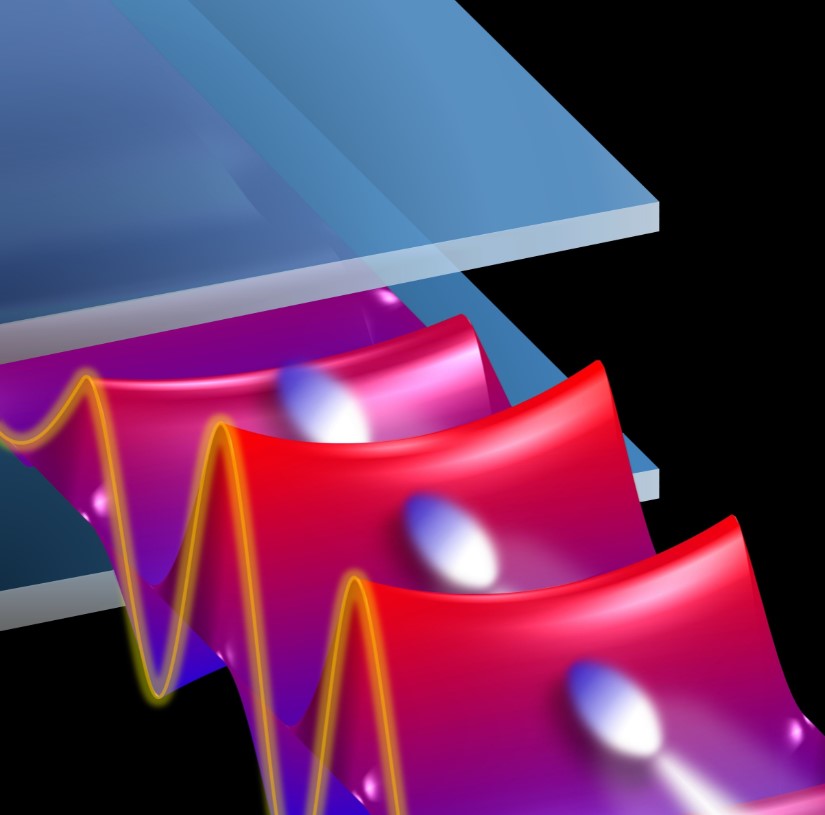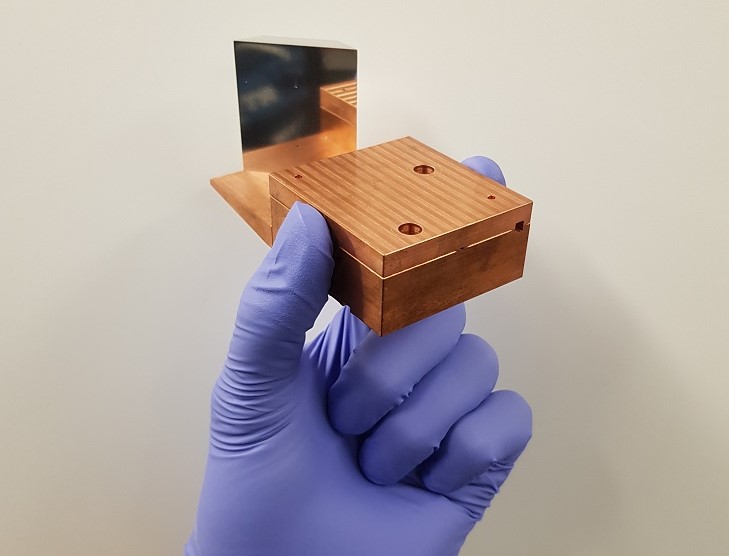
Capable of projecting ultra-short electron beams with laser light at more than 99.99% of the speed of light, the technology works by slowing down light to match the speed of the electrons using a specially designed metallic structure lined with quartz layers thinner than a human hair.
Described as a huge leap forward, this simultaneously offers the ability to measure and manipulate particle bunches on time scales of less than 10 femtoseconds (0.000 000 000 000 01 seconds, or the time is takes light to travel 1/100th of a millimetre). This will enable them to create strobe photographs of atomic motion.
The group’s work - described in a paper in Nature Photonics – used lasers to generate pulses of light in the terahertz (THz) frequency, a region of the electromagnetic spectrum between infrared and microwave
MORE FROM THE ENGINEER ON PARTICLE ACCELERATORS
Laser-generated THz radiation exists in the ideal millimetre-scale wavelength regime, making structure fabrication simpler but, most importantly, providing the half-cycle lengths that are well suited for acceleration of whole electron bunches with high levels of charge.
The paper's lead author, Dr Morgan Hibberd from Manchester University said: “The main challenge was matching the velocity of the accelerating THz field to the almost speed-of-light electron beam velocity, while also preventing the inherently lower velocity of the THz pulse envelope propagating through our accelerating structure from significantly degrading the length over which the driving field and electrons interact.
“We overcame this problem by developing a unique THz source which produced longer pulses containing only a narrow range of frequencies, significantly enhancing the interaction. Our next milestone is to demonstrate even higher energy gains while maintaining beam quality. We anticipate this will be realised through refinements to increase our THz source energy, which are already underway.”

Professor Steven Jamison of Lancaster University, who jointly leads the programme, explained: “The controlled acceleration of relativistic beams with terahertz frequency laser-like pulses is a milestone in development of a new approach to particle accelerators. In using electromagnetic frequencies over one hundred times higher than in conventional particle accelerators, a revolutionary advance in the control of the particle beams at femtosecond time scales becomes possible.
“With our demonstration of terahertz acceleration of particles travelling at 99.99% of the speed of light, we have confirmed a route to scaling terahertz acceleration to highly relativistic energies.”
As well as short term impacts in fields such as radio-therapy and materials characterisation, the group claims that the technology might even ultimately replace giant multi-kilometre scale research accelerators such as Hamburg’s 3 km long XFEL instrument (European X-ray Free Electron Laser)




Red Bull makes hydrogen fuel cell play with AVL
Formula 1 is an anachronistic anomaly where its only cutting edge is in engine development. The rules prohibit any real innovation and there would be...